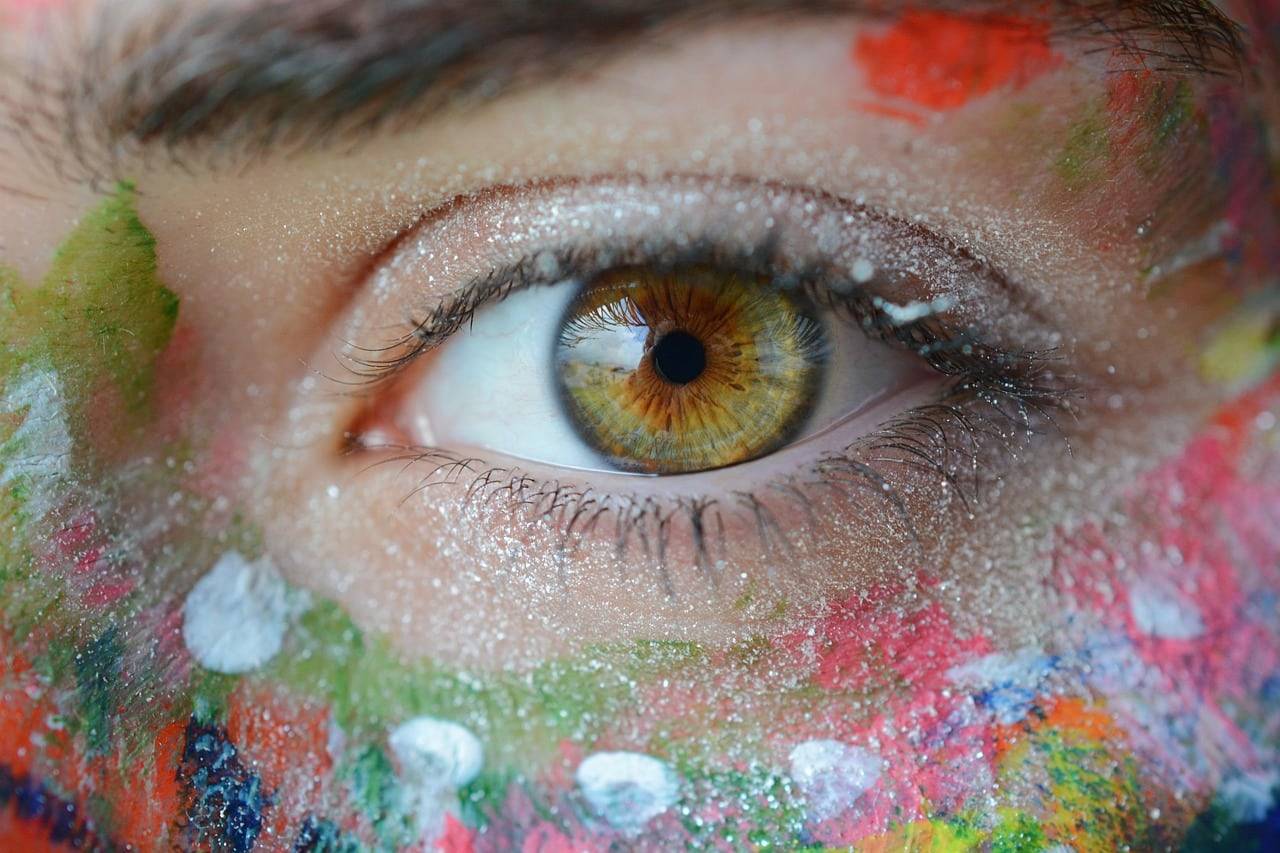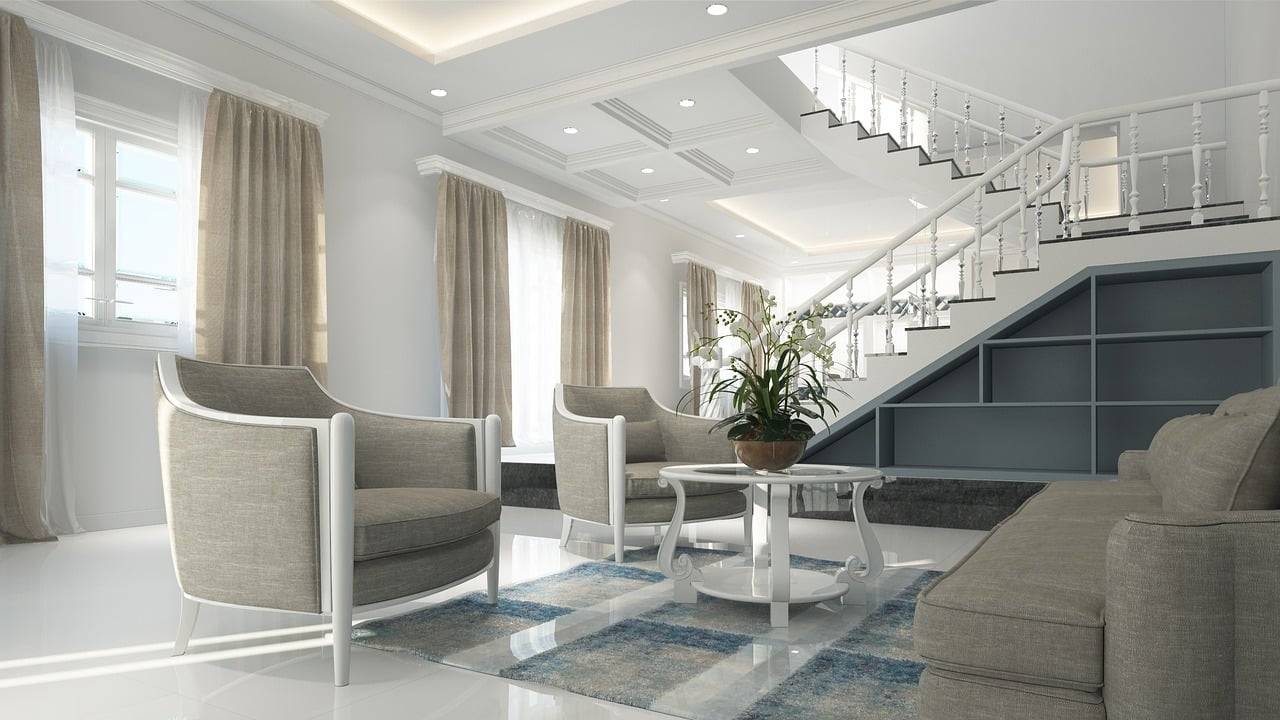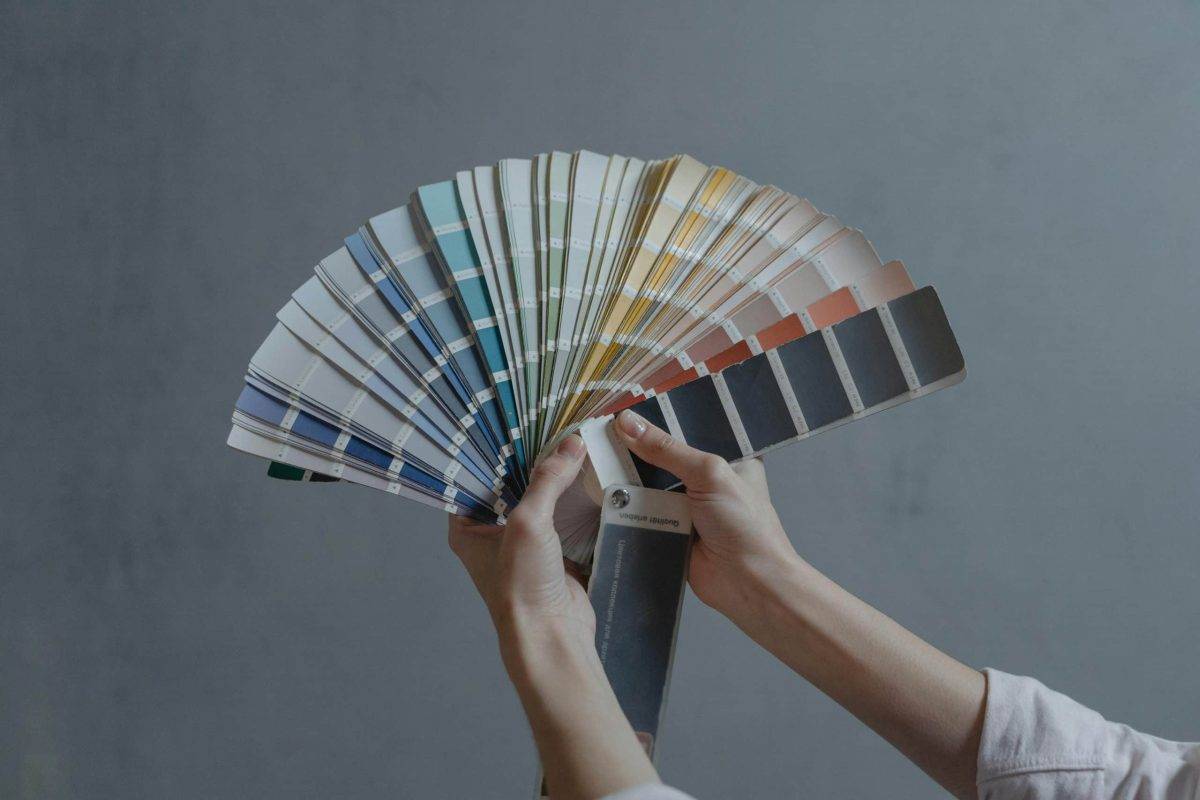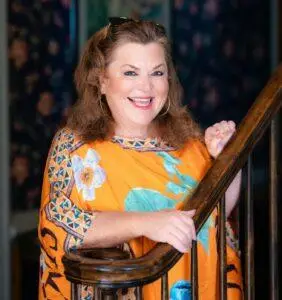The Color of Money: Do Certain Paint Colors Increase Property Value?
When it comes to selling a home, every detail matters—from curb appeal to countertops. But one often overlooked factor that could significantly impact the selling price is color. More specifically, paint color. While it may seem cosmetic, the hues you choose to cover your walls and exterior can actually increase or decrease your property value. The color of money when choosing pant colors.
In this blog post, we’ll explore how color psychology, buyer perception, and real estate data all come together to answer one fascinating question: Do certain paint colors increase property value? Spoiler alert: Yes, they do—and we’re about to show you how.

The Psychology of Paint Colors in Real Estate
Color affects emotions. That’s not an opinion—it’s science. In real estate, colors set the tone of the space, create visual cues, and subconsciously affect how people feel when they walk into a room.
Here’s how some common colors are perceived:
- Blue: Calm, stable, trustworthy
- Gray: Sophisticated, modern, neutral
- White: Clean, open, minimalist
- Black: Elegant or moody, depending on context
- Red: Bold, passionate, but often polarizing
- Yellow: Energetic, sunny, but can be overwhelming
- Green: Natural, tranquil, organic
- Beige/Tan: Safe, warm, and classic
While these associations may seem subtle, they have a huge influence on how buyers connect with a space—and ultimately, how much they’re willing to pay for it.
What the Data Says: Zillow’s Paint Color Study
Zillow conducted a study analyzing over 135,000 photos from homes sold across the U.S. The results were eye-opening. Certain paint colors consistently correlated with homes selling for thousands more—or less—than expected.
Here’s a breakdown of Zillow’s findings on paint colors that add value:
Colors That Increase Value
- Navy Blue or Slate Blue Kitchens:
Homes with these shades sold for an average of $1,500 more than expected. Blue kitchens feel clean, modern, and memorable—without being too trendy. - Light Blue Bathrooms:
These soothing tones added up to $5,000 to the selling price. Think soft periwinkle, powder blue, or sky tones. - Charcoal or Jet Black Front Doors:
Perhaps the biggest shocker—homes with dark-colored front doors sold for an average of $6,000 more. Black adds sophistication and contrast. - Greige Living Rooms:
A perfect blend of gray and beige, “greige” appeals to nearly everyone and can add up to $2,000 to your home value. - Soft Gray Exteriors:
Light gray exteriors can add curb appeal and help a home sell faster, particularly in high-end neighborhoods.
Colors That Decrease Value
- Bright Red Kitchens:
Homes with red kitchens sold for $2,300 less on average. Bold colors like red tend to overwhelm buyers and make rooms feel smaller. - Mint Green or Bright Yellow Bathrooms:
These tones knocked off up to $2,000. Buyers preferred calming hues in bathrooms, not colors that feel dated or jarring. - Brown Dining Rooms:
A deep brown dining room could lower the sale price by over $1,600, likely due to the dark, dated feel. - White Walls Throughout:
Believe it or not, stark white throughout the entire home may not help. While it looks clean, buyers perceive it as cold or unfinished.
How to Choose the Right Paint Colors for Resale
The goal isn’t just to paint a house—it’s to prepare a product for market. That means picking colors that will appeal to the widest group of potential buyers, not just your personal taste.
Here are some key tips to help you choose wisely:
-
Think Neutral—But Not Boring
Neutral doesn’t mean boring beige anymore. Think modern neutrals like:
- Greige (gray-beige mix)
- Soft taupe
- Light charcoal
- Warm ivory
- Pale olive-gray
These tones act like a blank canvas while still adding warmth and depth.
-
Use Accent Colors Sparingly and Strategically
Want to add personality? Do it with accents:
- A navy or black front door
- A forest green island in an otherwise neutral kitchen
- A dark charcoal powder room for a dramatic pop
Accent walls or touches can elevate a space—just don’t overdo it. Buyers need to picture their furniture, not your favorite color scheme.
-
Match the Color to the Room’s Purpose
Different colors work better in different rooms:
- Kitchen: Soft grays, whites, or navy tones
- Bathrooms: Light blues, soft greens, or ivory
- Bedrooms: Warm neutrals or light blues for relaxation
- Living Rooms: Greige, taupe, or pale earth tones
- Dining Rooms: Earthy greens or warm gray
Remember: Paint should support the function of the space, not distract from it.
-
Consider the Region and Architecture
A beach house in Florida shouldn’t be painted the same as a colonial in Massachusetts. Here’s how regional taste and home style matter:
- Southwest: Warm terracotta, beige, cream
- Northeast: Historic tones like navy, sage, or barn red
- Coastal: Seafoam, soft blue, driftwood gray
- Urban/Modern: Black trim, white brick, matte finishes
When in doubt, check out nearby listings in your area’s top-selling neighborhoods.
-
Don’t Forget the Exterior
Curb appeal sells homes. Period.
Exterior paint colors can either welcome a buyer—or drive them away before they park the car. Some safe exterior choices that statistically sell well include:
- Light gray with white trim
- Warm taupe with black shutters
- Charcoal with wood accents
- Soft blue-gray with cream trim
Bonus: A well-painted exterior also signals that the house has been well cared for.

Why Paint ROI Is So High
A fresh coat of paint offers one of the highest returns on investment (ROI) of any home improvement. Why?
- Low cost (especially if DIY)
- Immediate visual impact
- Emotional appeal to buyers
- Signals care and maintenance
On average, a full interior paint job can cost $2,000–$3,000 and increase home value by up to $5,000–$10,000. That’s an ROI most kitchen or bathroom remodels can’t touch.
Common Painting Mistakes That Lower Value
Before you rush to buy gallons of greige, here are a few things to avoid:
- Using too many colors: Stick to a palette of 2–3 complementary colors throughout. Cohesion = higher perceived value.
- Using flat paint in high-traffic areas: It shows scuffs and fingerprints. Go for eggshell or satin in living areas.
- Choosing trendy colors: What’s hot today may be off-putting tomorrow. (RIP millennial pink.)
- Skipping prep: Uneven finishes, roller marks, or paint on trim scream DIY in the worst way.
Final Thoughts: The Color of Money Is Neutral, Strategic, and Smart
So, do certain paint colors increase property value?
Yes—and sometimes by thousands of dollars. Paint color is one of the most affordable, high-impact changes you can make to prep a home for sale. It’s also one of the easiest ways to emotionally connect with buyers, speed up the sale, and signal a well-cared-for property.
Whether you’re prepping to list your home or advising a client, remember: You’re not just painting walls—you’re painting a first impression. And first impressions sell homes.
Need Help Choosing the Right Paint Colors for Resale?
If you’re thinking about selling your home and aren’t sure where to begin, start with a conversation. Joanna “JoJo” Jones can guide you through simple updates that bring big returns—including choosing colors that make buyers say “wow” instead of “why?”





